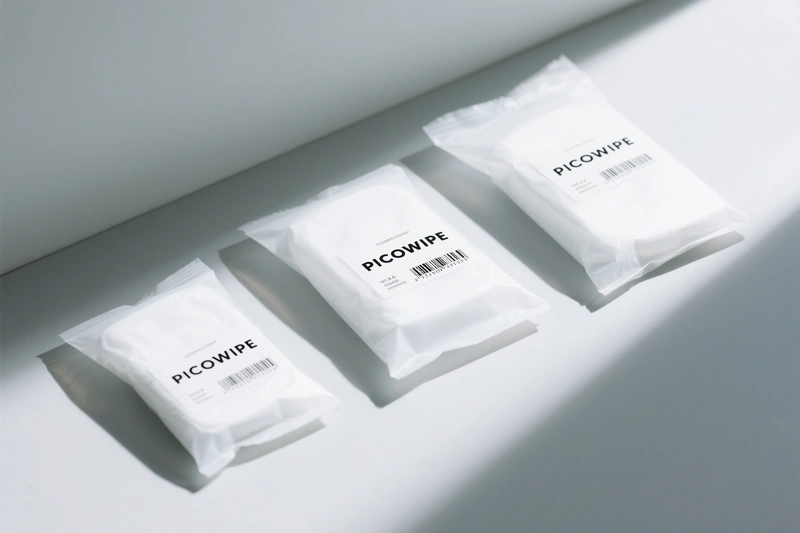By [email protected] — Charting the depths of expertise
Effects of Inconsistent Chemical Compatibility
Industries using specific solvents: If a cleanroom wipe's compatibility with the chemicals in use is unstable, the wipe may degrade, become tacky, or release harmful substances during use. Not only does the wipe itself become a source of contamination, but it can also damage the wiped surface.
Causes of Inconsistent Chemical Compatibility
Chemical Compatibility refers to the ability of a cleanroom wipe material to resist degradation, dissolution, deformation, discoloration, or the release of additional contaminants upon contact with chemical solvents, cleaners, or disinfectants. Incompatibility can lead to wipe failure, the generation of significant secondary contamination, and even damage to the surface being cleaned.
Batch-to-Batch Differences in Raw Materials (Fiber Polymers): Even within the same type of polymer material that constitutes the cleanroom wipe, different batches may have slight variations in molecular weight distribution, crystallinity, or trace impurities. These differences can affect its resistance to specific chemicals. Inconsistency in Fabric Structure or Density: While not a primary factor, the compactness or structure of the fabric (such as pore size and fiber arrangement) can influence the speed and extent to which chemicals penetrate the material. An uneven structure may cause chemicals to act differently on various areas of the wipe. Differences in Residues from the Production Process: This is a common cause of inconsistent chemical compatibility performance. If processing aids, residual cleaning agents, or external contaminants (like oils) are unevenly distributed on the fabric, these residues can react with the chemicals used subsequently. They can also alter how local fibers respond to chemicals, causing the wipe to exhibit different compatibility issues in different areas (e.g., localized swelling, discoloration, or loss of strength). Uniformity and Stability of Finishing Coatings: If the cleanroom wipe has an antistatic or other functional coating, and this coating is itself incompatible with the chemicals being used, or if the coating's thickness and continuity are uneven, the coating will be broken down unevenly when the chemical is applied. This affects the wipe's overall and localized chemical compatibility performance.


